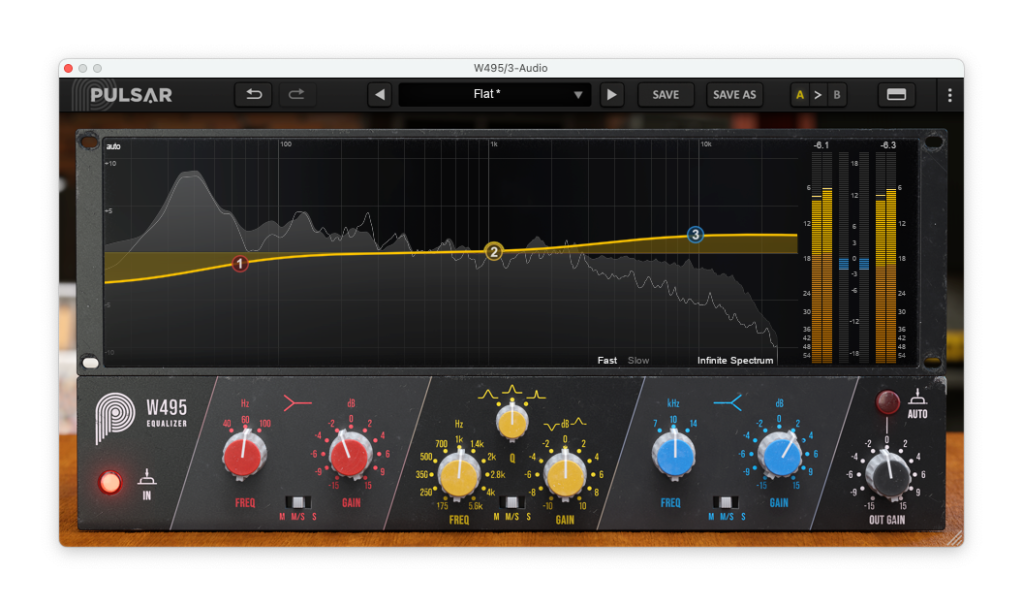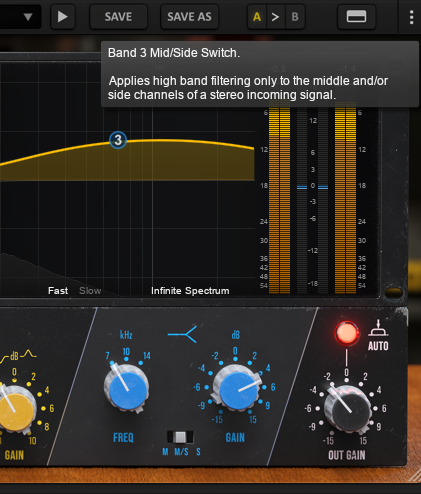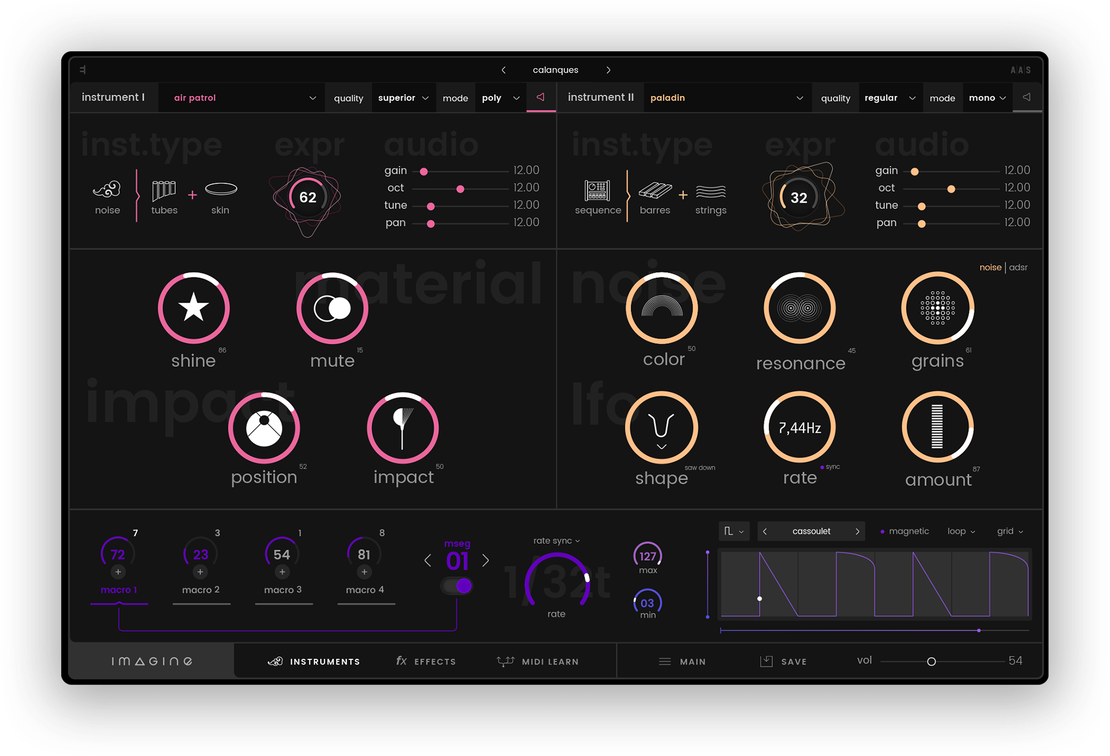Having at least one really great 3-band EQ in your arsenal is a very good idea. Pulsar’s w495 looks like a must whether you’re a fan of the classic Neumann original – or you’re still a novice (but more on why I think that shortly). Now through October, this plug-in is free for macOS and Windows.
The Neumann w495 was all about big gestures – wide curves, pushing EQ in big directions, and getting musical results. That means it works well both for working more surgically (like on a master), but also when you want to just make a big tonal shift. It started as a mastering EQ for cutting vinyl records, but it’s now known for general music use.
I assume folks who know the hardware don’t need any convincing. But here’s the funny thing: I think some of these older designs are way more forgiving for newcomers or those of us who are focused on production. You can do anything with a lot of modern digital EQ plug-ins, but that’s part of the problem – the tweaking vortex. The hardware designs do tend to guide you into a set of more musical uses. (One sign that some of the software is overcomplicated might be when you have to dump a ton of presets on users or even start using weird AI features so they can get the sound they want.) It’s not true all of the time, but it’s worth having a couple of these around, as you see why the hardware survived. They work well even when you don’t totally know what you’re doing – which is to say, you know what you’re hearing and the interface is designed in a way that lets you easily dial it in.
And speaking of favorite 3-band EQs, the Pulsar W495 is an instant favorite.

- It sounds really good. They’ve component-modeled each band. I can’t compare to the original hardware, but the sound is absolutely subtle and pleasing with some gentle saturation as you push it, as you’d want. (Their hardware A/Bs are also fairly convincing.)
- The UI adds modern features. You get a resizable UI, big graphical display that’s easy to look at, lots of detailed numeric feedback on settings (including, crucially, the meters, so you don’t add distortion by overdriving the signal), and is skeuomorphic without sacrificing contrast or legibility.
- All the usability of the original hardware is there. Logical band controls with Q, frequency choices that already make sense, simple gain and cut, etc.
- Mid/side modes for each band. This feature alone makes this a winner. You can toggle each band from stereo to mid or side, per band.
- Auto-gain. Useful.
- Preset management. Also useful.
Also useful for beginners, there are tool tips throughout:

It’s just incredibly fast to work with this EQ. Again, do you really want to tweak an EQ forever while you’re producing, and does every producer need to memorize what each frequency band does as a mix engineer would? There was a reason this hardware was designed this way in the first place – the engineers were trying to make the job faster.
So yeah, I didn’t intend to make an endorsement here, but I had the same experience some of those glowing quotes did. I had a project open, dumped this on tracks, and in a few seconds had some better-sounding results, just quickly shelving the highs, or flipping on side mode and widening the signal a bit.
I met the Pulsar folks at SoundMIT in Italy last year, and seems they’re doing great stuff. They’re most notable for their rare Echorec recreation, but now after using this I’m intrigued by the Pulsar 8200.
How installation works. You’ll need to register for an account; the software is added free via the cart. Pulsar uses iLok authorization, though for me these days that’s working reliably with a range of plug-ins. You grab a code from your Pulsar account and then can register to your machine and/or iLok Cloud.
Go grab it:
Here’s the original hardware – all nine glorious kg of it (20 lbs):
And yeah, I think you can get a lot of mileage from the graphical EQ in your DAW, plus a hardware model or two. See also Arturia’s EQ SITRAL-295 for a Siemens model instead of Neumann, but similar features to this (like visualization). Soundtoys has Sie-Q, which nails the sound of the W295b and is in both EffectRack and Soundtoy 5. And the there are all the Pultec models. UAD’s models are especially well-done – and this week the Pultec Passive Collection is on sale, plus that’s included in UAD Spark. analoginthebox has modeled the W495 before, but I prefer having the UI and – it’s tough to beat the sound of the Pulsar version, really.




